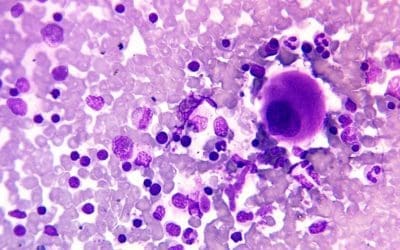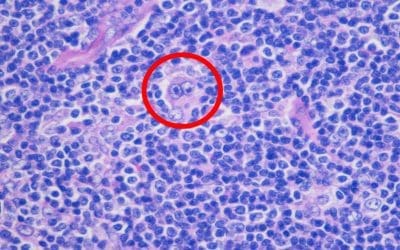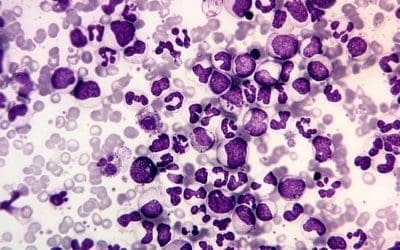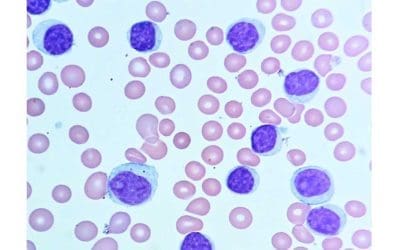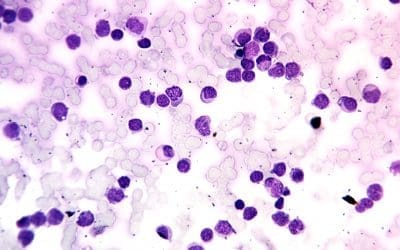Natural Killer (NK) cells are vital immune cells that provide rapid defense against infections and cancer. They recognize and eliminate stressed or infected cells without prior sensitization, playing a key role in immunosurveillance.
Burkitt Lymphoma
Burkitt Lymphoma is a rare cancer affecting children and adults. Key symptoms include rapidly growing tumors, often in the jaw or abdomen.
Immunotherapy
Immunotherapy harnesses the body’s immune system to fight cancer. It offers a targeted approach with fewer side effects compared to traditional treatments, providing hope for many cancer patients

Neutropenia
Neutropenia is a condition with a low count of neutrophils, key infection-fighting white blood cells. This increases susceptibility to various infections.
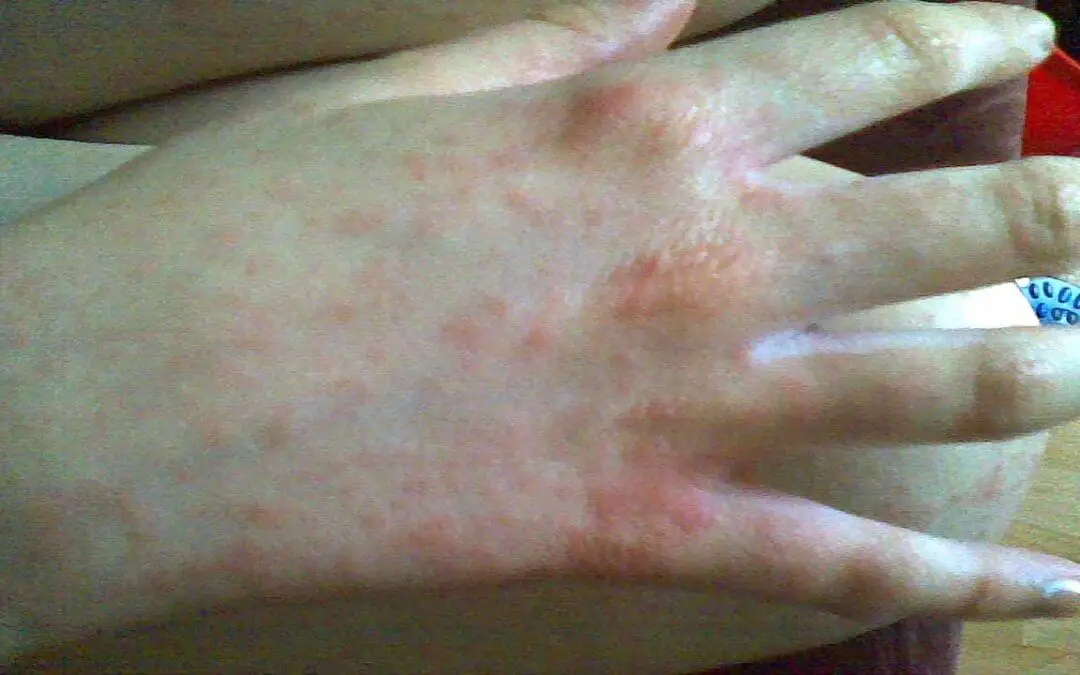
Infectious Mononucleosis (Mono)
Infectious mononucleosis (Mono), the “kissing disease,” is a common viral illness (EBV). Symptoms include sore throat, fever, fatigue, and swollen glands. Usually resolves on its own.

Monocytosis (High Monocytes)
Monocytosis: Elevated monocytes signal underlying health issues. Learn causes (infections, cancers), symptoms, diagnosis, and management.
May-Grünwald Giemsa (MGG) Stain
May-Grünwald Giemsa (MGG) stain is an intense Romanovsky stain to help with the visualisation of bone marrow smears.
Hodgkin Lymphoma (Hodgkin’s Disease) & Reed-Sternberg
Hodgkin lymphoma is a type of cancer that affects the lymphatic system, and is characterized by the presence of large, abnormal lymphocytes called Reed-Sternberg cells.
Chronic Myeloid Leukemia or CML
Chronic myeloid leukemia (CML) is a cancer of the blood cells that begins in the bone marrow. It is caused by a genetic abnormality that results in the production of too many white blood cells.
Chronic Lymphocytic Leukemia (CLL)
Chronic lymphocytic leukemia (CLL) is a type of cancer that affects white blood cells called B lymphocytes. In CLL, B lymphocytes become abnormal and grow uncontrollably. This can lead to fatigue, swollen lymph nodes, and easy bruising or bleeding. CLL is a slowly progressing cancer affecting mainly the elderly
Acute Leukemia: An Overview
At the heart of acute leukemia lies a disruption of the genetic blueprint, the DNA that carries the instructions for building and maintaining healthy cells. When these instructions become corrupted, through mutations or deletions, the normal development and function of blood cells are derailed.

